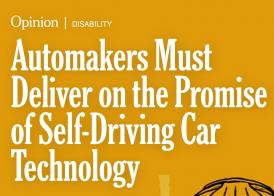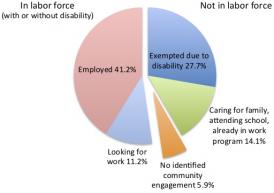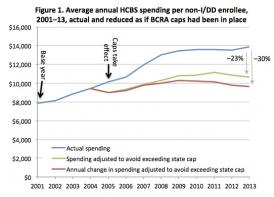CLPC Policy Director Henry Claypool pens an opinion piece in The New York Times urging the auto industry to make autonomous vehicles that are able to accommodate both people with and without disabilities. Currently, many people with disabilities have to pay for costly customization...
Find out moreNews
The Centers for Medicare and Medicaid Services recently issued guidance that would allow states to use 1115 Waivers to add “work and community engagement” requirements for working-age Medicaid beneficiaries. A new CLPC report examines the extent to which disability affects working-age...
Find out moreThe Better Care Reconciliation Act (BCRA) proposes to cap Federal Medicaid reimbursements to the states, effectively limiting growth to a rate at first only modestly exceeding the rate of inflation in healthcare costs and then falling below inflation. A new CLPC report uses state-by-...
Find out more- ‹ previous
- 3 of 7
- next ›




